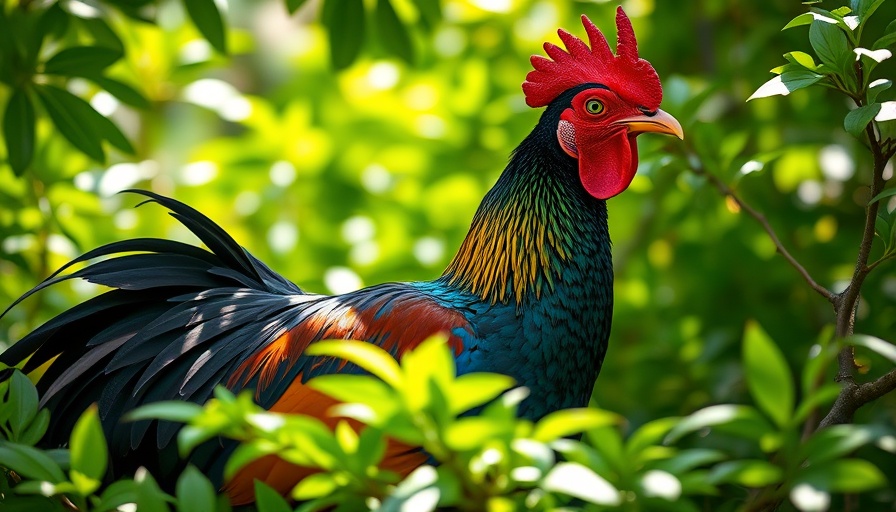
Discovering the Hidden Treasures of El Triunfo Cloud Forest Reserve
In the mountainous expanse of Chiapas, Mexico, lies El Triunfo Cloud Forest Reserve—a sanctuary where conservation efforts have resulted in remarkable biological diversity. Among its denizens is the mesmerizing Highland Guan, known for its unique territorial display that produces enchanting sounds. This bird, a striking figure resembling a slim turkey, whistles and glides gracefully, echoing through the mist-cloaked trees, creating a harmonious concert with other avian species.
Importance of Cloud Forest Conservation
El Triunfo’s cloud forests are rarities, comprising less than 1% of the world's forests. Their preservation is vital not only for the wildlife but also for the global ecosystem. The reserve acts as a critical habitat for endangered species like the Horned Guan, once thought extinct but now thriving thanks to conservation successes.
The Role of Biodiversity in Ecosystem Stability
Within the reserve, the interactions among various bird species, such as the Rufous-browed Wren and the Brown-backed Solitaire, contribute significantly to the stability of the ecosystem. This intricate web of life demonstrates the importance of each organism in maintaining ecological balance, underscoring the necessity for continued protection of such vital habitats.
Future Prospects and Conservation Efforts
Looking ahead, the ongoing commitment to conserve the El Triunfo Cloud Forest Reserve is crucial. As climate change poses a threat to these unique ecosystems, proactive measures and community engagement play essential roles in ensuring both wildlife and the environment flourish. Collaborations between conservationists and local communities can lead to innovative conservation strategies that benefit both parties.
El Triunfo Cloud Forest Reserve not only serves as a refuge for uniquely adapted wildlife but also symbolizes the broader human responsibility towards our planet's environmental health. As we learn more about these ecosystems, it becomes imperative that we share stories of success and continued effort in conservation.
 Add Row
Add Row  Add
Add 




Write A Comment